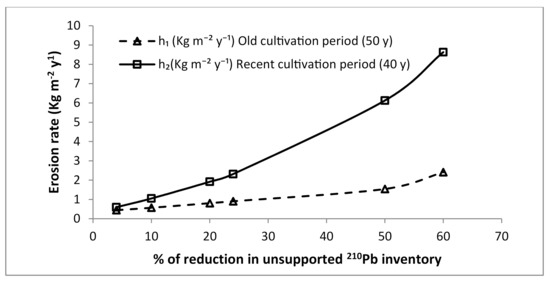Objective
Shorter breastfeeding duration has been linked to a range of difficulties in children. However, evidence linking shorter breastfeeding duration to child behavioural problems has been inconclusive. Owing to an almost exclusive focus on early childhood in previous research, little is known about breastfeeding effects on behaviour throughout childhood and adolescence. This study examines the longitudinal effect of breast feeding on parent-reported behaviour in children aged 3–14.
Design
Data come fr om the Millennium Cohort Study, a large, prospective, UK birth cohort study.
Participants
11 148 children, their parents and teachers.
Methods
This study maps the effect of breastfeeding duration on parent-reported child behaviour longitudinally, using latent growth curve modelling and on teacher-reported child behaviour using multiple regression analyses. Breastfeeding duration was assessed through parent interviews when the child was 9 months old. Children's behavioural development was measured using parent-reported Strengths and Difficulties Questionnaires (SDQ) at 3, 5, 7, 11 and 14 years and teacher-reported SDQs at 7 and 11 years.
Results
Breast feeding was associated with fewer parent-reported behavioural difficulties at all ages even after adjusting for potential confounders (<2 months: B=–0.22, 95% CI –0.39 to –0.04; 2–4 months: B=–0.53, 95% CI –0.75 to –0.32; 4–6 months: B=–1.07, 95% CI –1.33 to –0.81; >6 mo nths: B=–1.24, 95% CI –1.44 to –1.04; B=adjusted mean difference of raw SDQ scores at age 3, reference: never breast fed).
Conclusion
This study provides further evidence supporting links between breastfeeding duration and children's socioemotional behavioural development. Potential implications include intervention strategies encouraging breast feeding.




